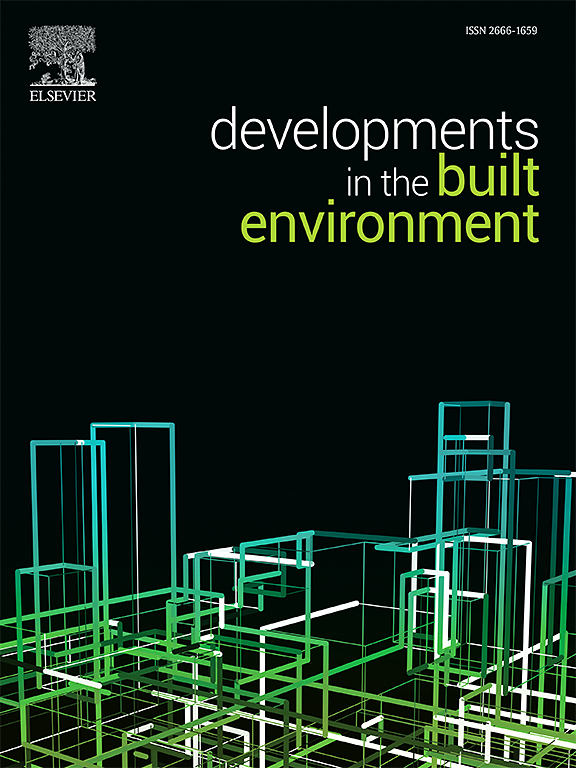Strength optimization and characterization of one-part geopolymer prepared from alkaline thermo-mechanical activated electrolytic manganese residue and vanadium-bearing shale leaching residue
IF 6.2
2区 工程技术
Q1 CONSTRUCTION & BUILDING TECHNOLOGY
引用次数: 0
Abstract
Large amounts of solid wastes, such as electrolytic manganese residue (EMR) and vanadium-bearing shale leaching residue (VSLR), are generated in industry, causing severe environmental pollution. Although they can be utilized to prepare geopolymers, the viscous and corrosive alkali-activator solution limits practical application. Here, EMR and VSLR were activated via alkali-thermo-mechanical activation, producing one-part geopolymer binders similar to Portland cement. In addition, blast furnace slag (BFS) served as a calcium source to accelerate setting and improve geopolymer microstructure. Using response surface methodology, geopolymers with an A-EMR/R-VSLR mass ratio of 7:3 and 20 % BFS addition achieved a 14-day compressive strength of 23.8 MPa. After 14 days of autoclave-dry curing, the strength further increased to 35.1 MPa. XRD, FTIR, XPS, and SEM analyses revealed that C–S–H and N(C)–A–S–H gels synergistically improved mechanical properties. These innovative geopolymers demonstrate excellent strength without strong alkali activators, enabling green production and efficient recycling of EMR and VSLR.

碱性热机械活化电解锰渣和含钒页岩浸出渣制备单组分地聚合物的强度优化与表征
工业中会产生大量固体废物,如电解锰残渣(EMR)和含钒页岩浸出残渣(VSLR),造成严重的环境污染。虽然它们可以用来制备土工聚合物,但粘稠且具有腐蚀性的碱催化剂溶液限制了其实际应用。在这里,EMR 和 VSLR 通过碱热力学活化,生产出与波特兰水泥类似的单组分土工聚合物粘合剂。此外,高炉矿渣(BFS)作为钙源可加速凝结并改善土工聚合物的微观结构。利用响应面方法,A-EMR/R-VSLR 质量比为 7:3、BFS 添加量为 20% 的土工聚合物的 14 天抗压强度达到了 23.8 兆帕。经过 14 天的高压干燥固化后,强度进一步提高到 35.1 兆帕。XRD、FTIR、XPS 和 SEM 分析表明,C-S-H 和 N(C)-A-S-H 凝胶协同提高了机械性能。这些创新型土工聚合物无需强碱活化剂即可表现出优异的强度,从而实现了 EMR 和 VSLR 的绿色生产和高效回收。
本文章由计算机程序翻译,如有差异,请以英文原文为准。
求助全文
约1分钟内获得全文
求助全文
来源期刊

Developments in the Built Environment
Multiple-
CiteScore
7.40
自引率
1.20%
发文量
31
审稿时长
22 days
期刊介绍:
Developments in the Built Environment (DIBE) is a recently established peer-reviewed gold open access journal, ensuring that all accepted articles are permanently and freely accessible. Focused on civil engineering and the built environment, DIBE publishes original papers and short communications. Encompassing topics such as construction materials and building sustainability, the journal adopts a holistic approach with the aim of benefiting the community.
 求助内容:
求助内容: 应助结果提醒方式:
应助结果提醒方式:


